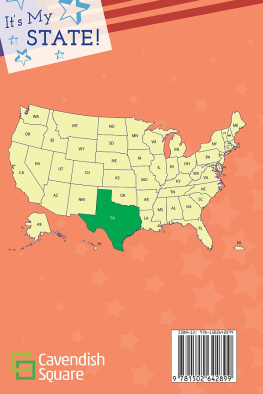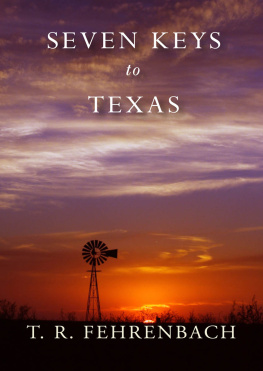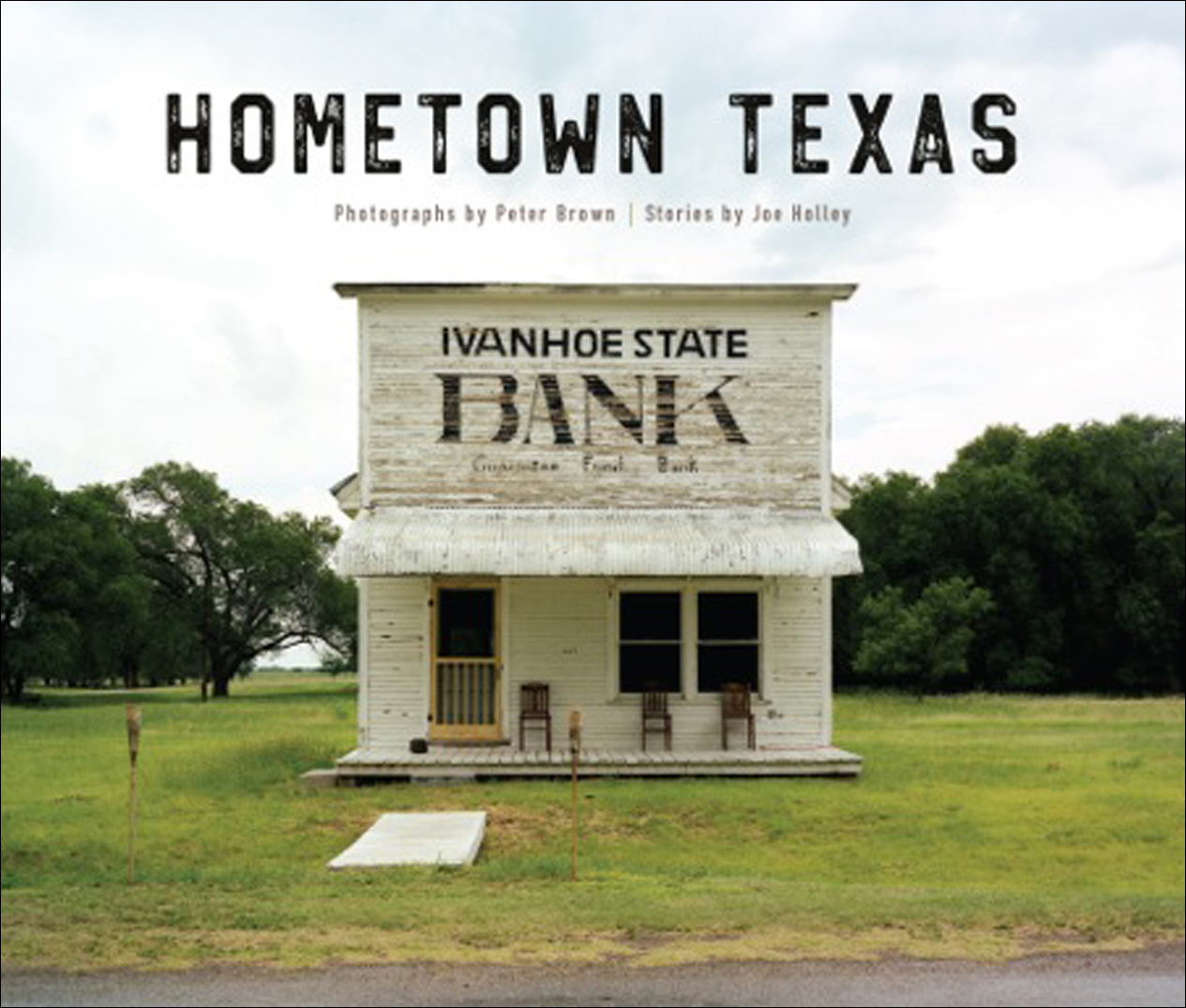


For Jill and Caitlin
PETER BROWN
For Laura
JOE HOLLEY

Contents
Table of Contents
Guide
The astonishing thing to me about photography and the mind is an instantaneous recognition of what may be a good photograph. And in this split second myriad factors converge. They involve memory, aesthetics, cultural history (in this case Texas history), the history of photography, the natural world, time and timingluck. And all these things function together. Only after the fact do I begin to know whats caught my attention. And then, in a comparatively slow way, I can reexamine first the memory of taking the picture, then the view at the back of the camera, and ultimately the print or projection to discover why it seemed a moment worth saving. And thenand this is what makes the medium so exciting and perpetually resonant for meif its a successful photograph, there is an X factor that seems inexplicable. A magic that opens into another realm.
Many photographers will agree that one can enter a state in which senses are attuned and consciousness is both closely focused and paradoxically open at the same time. And out of that, a transcendence of sorts may occur. And if this is handled carefully, an image that speaks in a variety of ways can be created and passed on.
Hometown Texasinvolves the whole of Texas, but no photographer can sum up the state in a documentary way in a hundred pictures. And I have not tried to do so. The great Walker Evans, at the end of his life, wrote of a lyric documentary style. A way of photographing that is both descriptive and personal, more fictional or poetic than photojournalistica style that uses a narrative. And this is the model Ive used in my work for many years. And this is the model I use here.
Joe and I have broken the state into its generally agreed-upon regions, and for each (West, North, Central, South and East) I have linked together an impressionistic group of pictures.
What you will see, then, is my reaction to the various parts of the state. The sequences set the scene visually and metaphorically for Joes columns. They create context for the stories. And while there are few one-to-one connections with the writing, the spirit of Joes words and my photographs, I think, remains the same throughout.
In these photos, Ive tried to get at the ethos of each regionthe things that have stayed with me after many visits: the ineffable feel, the particular look, the signs, the symbols, the varying landscape, the architecture. All that differentiates one region from the next.
Yet in my travels its also become clear to me that there are things that remain the same throughout the state. A few of these: flags . . . American, Texas, UT, Aggies . . . occasionally a Confederate; a Main Street, always; movie theaters in various states of disrepair; churches; exuberant displays of religion; Dairy Queens; new entrances to towns that are filled with motel chains and fast food restaurants; expanding space (even in the Piney Woods of East Texas); good Farm to Market roads; quiet neighborhoods; railroads and the territory they establish; an unusually energetic life force in the people; a visible sense of humor; an openness and curiosity in regard to strangers; lingering signs of racism, sexism and homophobia; football; unapologetic individualism; cattle, sheep, goats or horses; oil; a wide sky; spectacular weather; wildflowers; dogs; cute kidsclichs all, but they ring true. And trying to make interesting photographs out of them is a challenge that Ive embraced. Being at large, out on the roads of Texas, is always good.
As far as technique goes, the genesis of these images ranges widely, from iPhones to my beloved view cameraand to digital cameras in between.
A few words on my ties, photographic and otherwise to Texas: When I came to Houston to teach photography at Rice University at thirty, a student of mine had a difficult time understanding who I was geographically. I told her about the various places that I had lived over the years, and after a bit of mulling this over she said, Why, youre nothing but a Yankee gone out west and come down south. And that neatly sums it up.
Now, many years later, I find that Ive lived in Texas longer than anywhere else, and although my wife, Jill, born in Sweetwater and a fourth-generation Texan, will not quite accept me as a Texan, I think that my claim is good. Thirty-five years should be enough.
Ive been fascinated by Texas and the West for my entire life.








